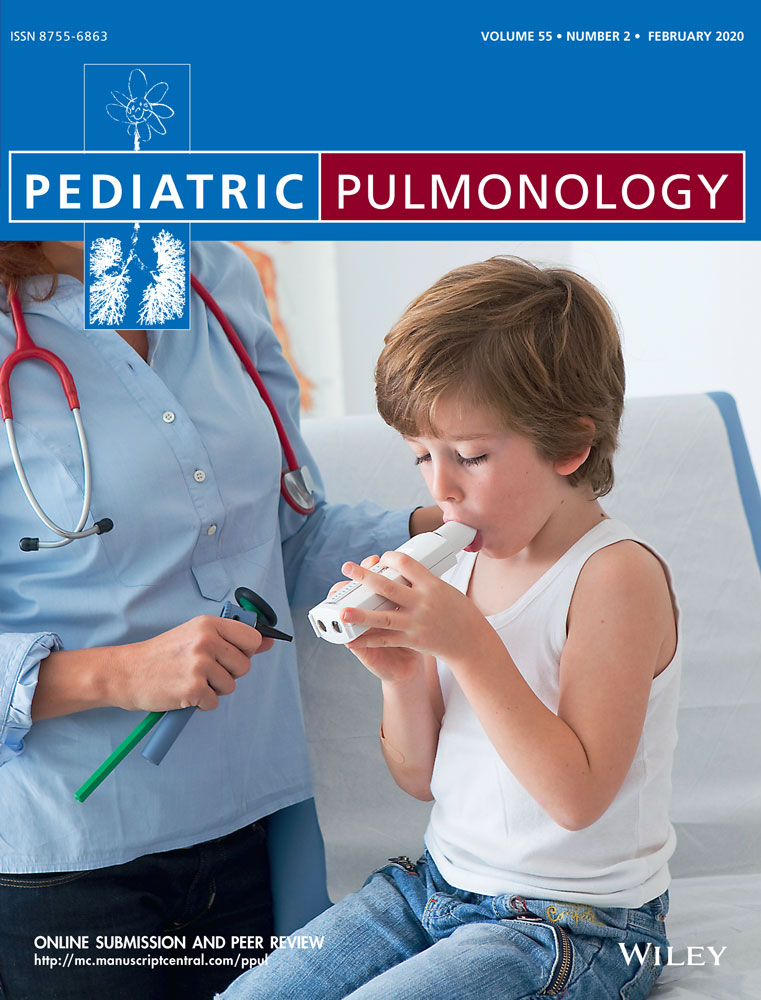Comparison of blast lung injury in infant and adult rabbits
Ao Yang and Hanzi Cai contributed equally to this study and are co-first authors also.
Abstract
Background
A great number of children suffer from blast lung injury (BLI) worldwide, but there is a little basic study on the topic.
Methods
Infant (4-week-old) and adult New Zealand rabbits were selected. Comparison of BLI characteristics: 16 infant rabbits were randomly divided into a 4.0 MPa group (n = 8, “IRG4.0MPa”) and a 4.5 MPa group (n = 8, “IRG4.5MPa”) and exposed to shock waves of those magnitudes. Eight adult rabbits were exposed to 4.0 MPa (“ARG4.0MPa”). The severity of BLI was compared among these three groups. Comparison of impact characteristics between infant and adult rabbits at the same scale of BLI: infant and adult rabbits were randomly divided into a control group (n = 8 per age group) and a blast injury group (n = 40 infants, “IRG4.0MPa”; n = 40 adults, “ARG4.5MPa”). The vital signs, physiological indicators, gross anatomy, and light microscope pathology were observed.
Results
The differences in lung injury severity and in abbreviated injury scale (AIS) scores between IRG4.5MPa (87.5%, AIS 4.13 ± 0.64) and ARG4.0MPa (75.5%, AIS 4.18 ± 0.75) were not statistically significant (P > .05); IRG4.0MPa (12.5%, AIS 3.38 ± 0.52) showed a lower proportion of lung injury and lower AIS scores than the others (P < .01). All rabbits showed languor immediately after the injury. The lungs showed tissue rupture, extensive patchy hemorrhage, edema, and inflammatory infiltration. The increase in lung water content was much higher in the IRG than in the ARG (P < .01).
Conclusion
Infant rabbits show better tolerance to lung injury caused by shock waves; infant rabbits show more disturbance on pathophysiological response than adult rabbits.
CONFLICT OF INTERESTS
The authors declare that there are no conflict of interests.
Open Research
DATA AVAILABILITY STATEMENT
The datasets used and/or analyzed during the current study are available from the corresponding author on reasonable request.




